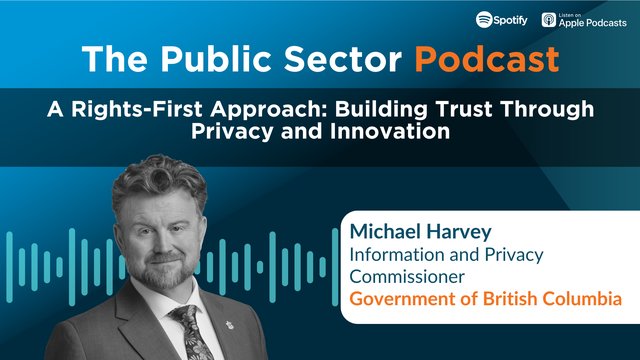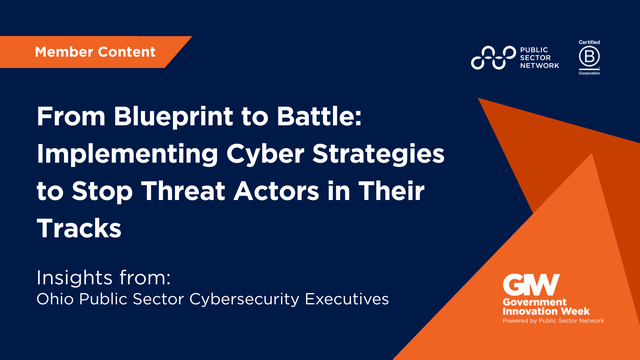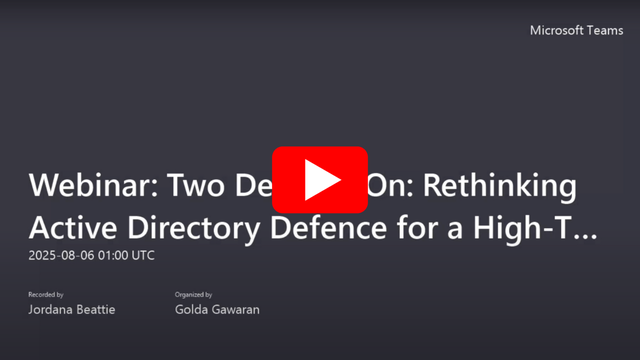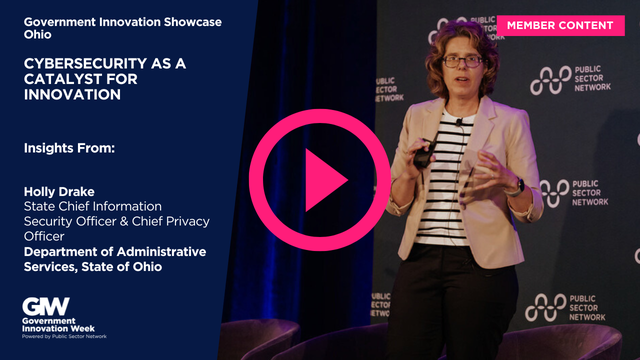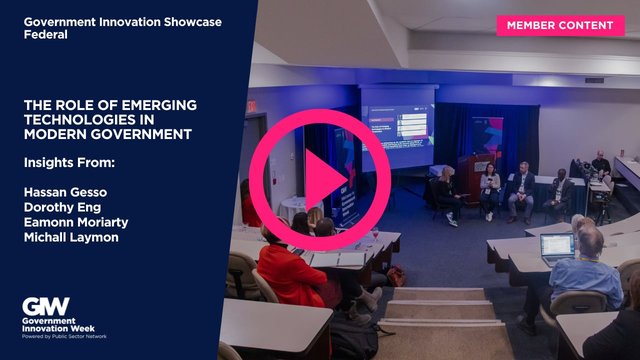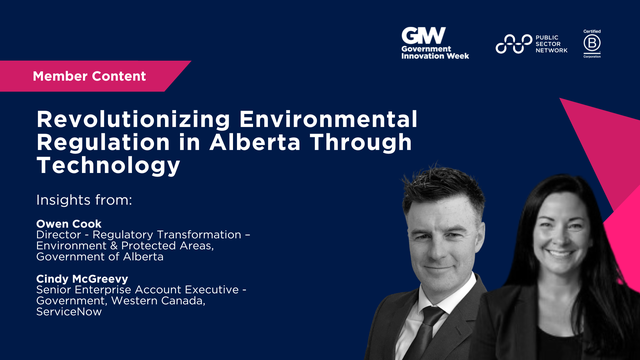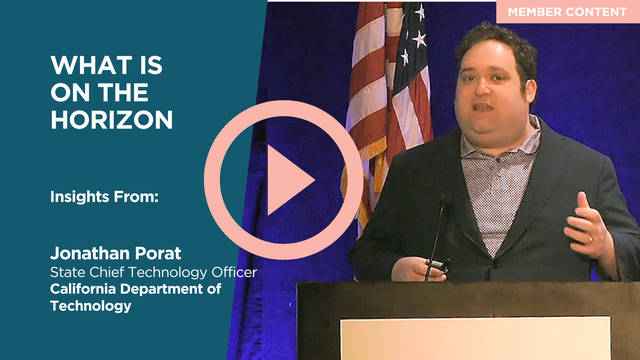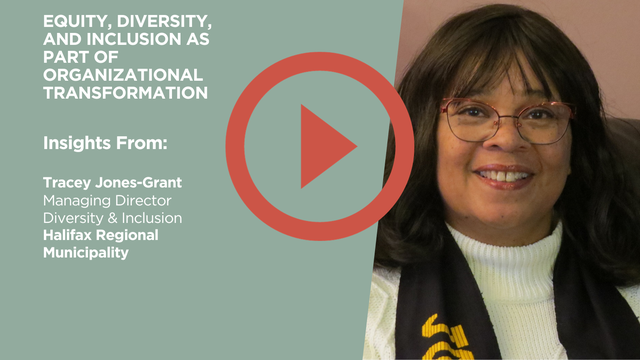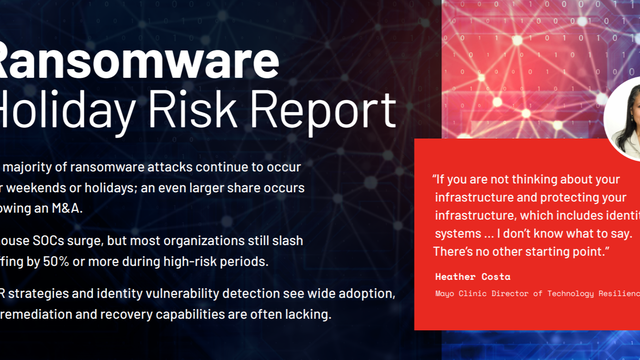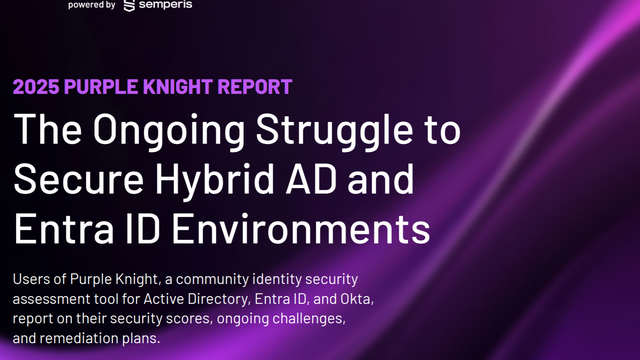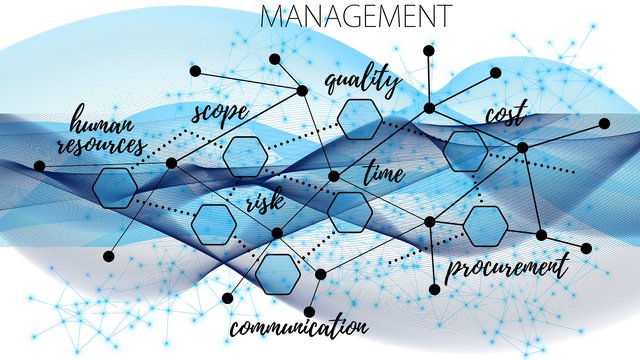In a dynamic panel session led by Adam Jarvis, Chief of Staff for the Tennessee Department of Finance and Administration, state leaders and industry experts gathered to explore how Tennessee is modernizing government services through innovation, data-driven decision-making, and customer-centric approaches.
1. Customer-Centric Government: Beyond Just Service Delivery
For governments aiming to improve trust and efficiency, prioritize both the quality of interactions (customer service) and the design of systems (service delivery). As Tennessee demonstrates, this dual focus can transform how citizens engage with, and perceive their government.
2. Strategic Planning as the Backbone of Innovation
- Strategic planning was highlighted as the most critical factor in driving efficiency.
- Tennessee’s approach:
- Alignment across agencies: State priorities cascade into department goals, down to individual performance metrics.
- Planning cycles ensure long-term vision while maintaining flexibility.
- Without clear strategy, agencies risk waste, redundancy, and misaligned efforts.
3. Data-Driven Decision-Making & Measuring Impact
- Kristen Lotz explained how the Office of Advocacy and Impact (OAI) focuses on program-level outcomes rather than just KPIs.
- Example: Third-party evaluations of social programs led to actionable improvements in service delivery.
- Grant Minshew highlighted how Tennessee’s P-20 data system (now transitioning to TN Data Platform) enables cross-agency analytics to track education and workforce outcomes.
4. AI & Automation: enhance Efficiency
AI and emerging technologies empower Tennessee’s government to deliver critical services with greater efficiency, accessibility, and citizen-centric focus—ensuring every interaction meets the high standards Tennesseans deserve.
5. Breaking Down Silos: Collaboration Across Agencies
- Enterprise-wide dependencies (e.g., procurement, IT) require cross-department coordination.
- Tennessee is using AI-powered analysis of strategic plans to identify common challenges and opportunities.
- Program inventory tracking helps eliminate redundancies and improve interagency collaboration.
Tennessee’s success in government innovation stems from its customer-first mindset, strategic discipline, and willingness to adopt technology responsibly. As Adam Jarvis emphasized, "This isn’t just rhetoric, it’s a call to action." Tennessee’s model proves that government can be as responsive and innovative as the private sector—when led with vision, data, and a relentless focus on serving citizens.
Speakers:
Adam Jarvis, Facilitator, Chief of Staff - Department of Finance and Administration, State of Tennessee
Thomas Nisbet, Partner & Public Sector AI Leader, IBM
Christin Lotz, Director - Office of Evidence and Impact, Tennessee Department of Finance and Administration
Grant Minchew, Deputy Chief Operating Officer, State of Tennessee
Chris Fears, Director - Customer Focused Government, State of Tennessee



